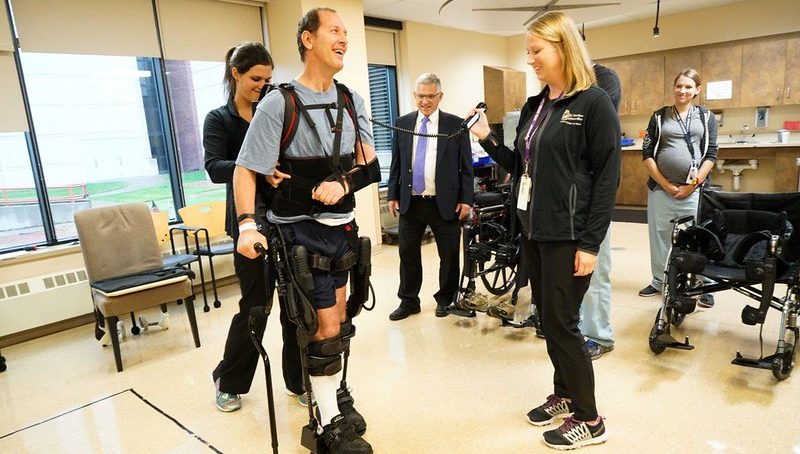Human-centered design is at the strategic heart of the Veterans Health Administration (VHA) Innovation Ecosystem (IE).
The approach thoroughly centers the human perspective at every stage of creation and, notably, links success metrics with real-life outcomes at the VHA — that is, the number of the lives changed and saved, according to Dr. Ryan Vega, executive director of the ecosystem. VHA IE serves as a site for fostering ideas, creating new solutions and encouraging innovation at the VHA.

Dr. Ryan Vega, executive director of the VHA IE Courtesy of Veterans Health Administration
“What that means is that we have to go to veterans and ask them, ‘What are the problems you’re experiencing? What are the challenges you’re facing?’” Vega told GovLoop in the days leading up to VHA’s second Innovation Experience, or iEx.
The event kicked off for the public Tuesday in Washington, D.C., with a much larger audience than the first. This year, close to 700 people – double the number of those registered from last year – signed up to come in person, and the livestreamed event hosted 6,000 to 7,000 viewers.
Eleven employees from across VA facilities spoke at TED-style talks about innovations that helped solve a particular problem. From text messaging patients’ loved ones during surgery to hoisting whole orthotics and prosthetics toolkits onto a vehicle for mobile care, all the innovations centered around a specific patient and a specific facility catering to that veteran.
To illustrate this point, Vega shared an example of a Westerns enthusiast at the VA Medical Center in Richmond, Virginia. The patient loved listening to old Westerns on TV. But due to sight loss, turning on the TV and increasing the volume on the remote was difficult.
To solve the challenge, employees created a 3D-printed remote with customized buttons large enough to touch and feel. The device was immediately prototyped and brought back to the veteran — an essential part of human-centered design — until it was certain the remote worked for him. The effectiveness of the solution was not assumed but tested.
“We solved the problem by listening to the veteran,” Vega said.
Across VA hospitals, more than 30,000 employees have been trained in human-centered design, which is one of the most exciting and important innovations happening in the VHA according to Vega. For example, 3D-printing, a trailblazer in health care, or My Chemo Calendar, which helps patients with cancer track oral medication at home, sprout from VA employees themselves who focus on grassroots needs versus following sweeping mandates from the top.
Especially in an inundated environment, the human-centered focus helps.
“Right now, if we look at health innovation writ large, we’re over-saturated,” Vega said.
Human-centered design streamlines the saturation of shiny new products in health care by focusing on how innovation impacts veterans, not just its rollout across VA facilities. In other words, the goal isn’t to spread the highly technical and sophisticated process of 3D-printing to 150 centers, Vega said, or else the quality is diluted and unintended consequences might arise.
Instead, an infrastructure that allows quality resources to be shared in a timely manner across VA facilities is more effective at delivering impactful care.
This is part of the VHA’s strategy to look toward the future while managing the present in health care provision. By being patient-driven and human-centered, the VHA innovates as a commitment to its veterans.
Photo credit: Veterans Health Flickr





Leave a Reply
You must be logged in to post a comment.